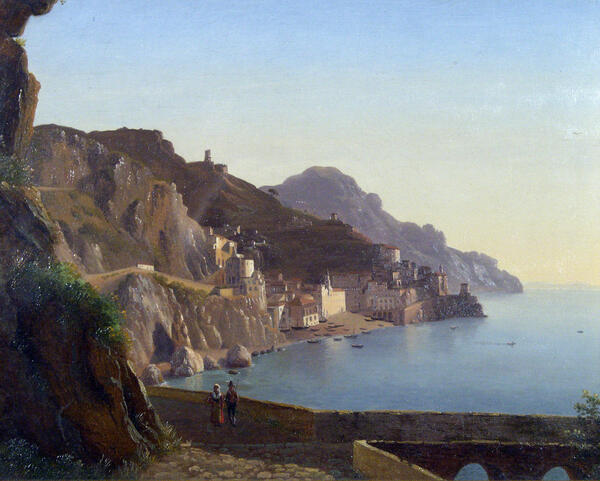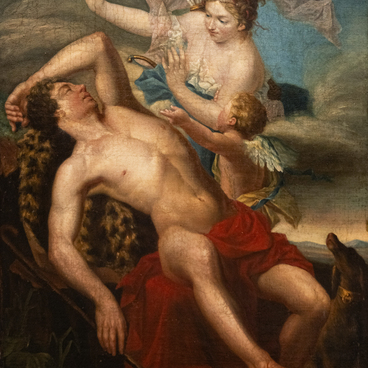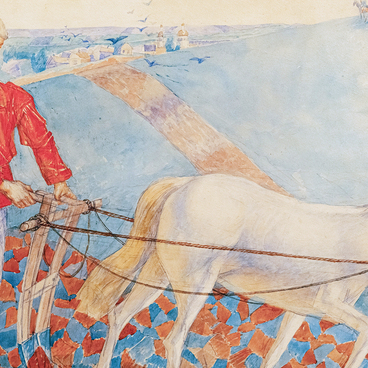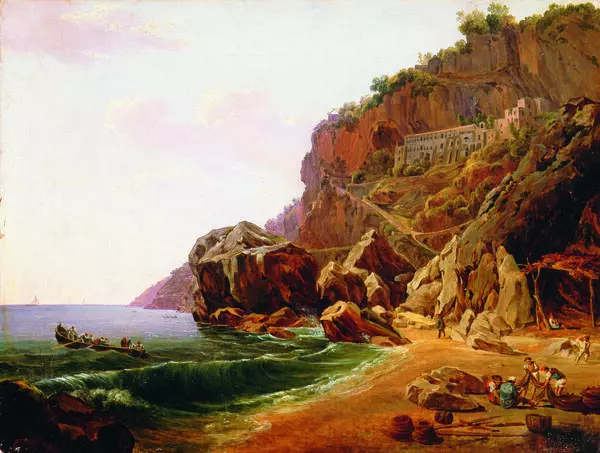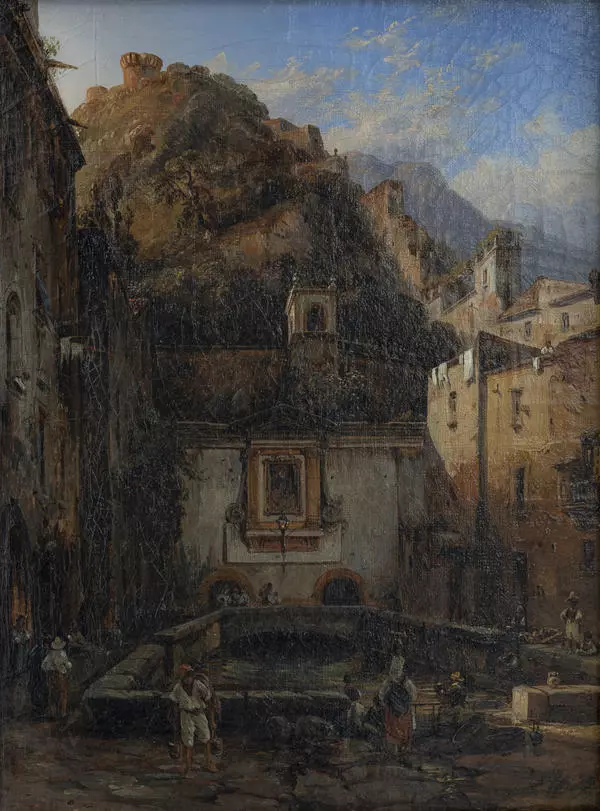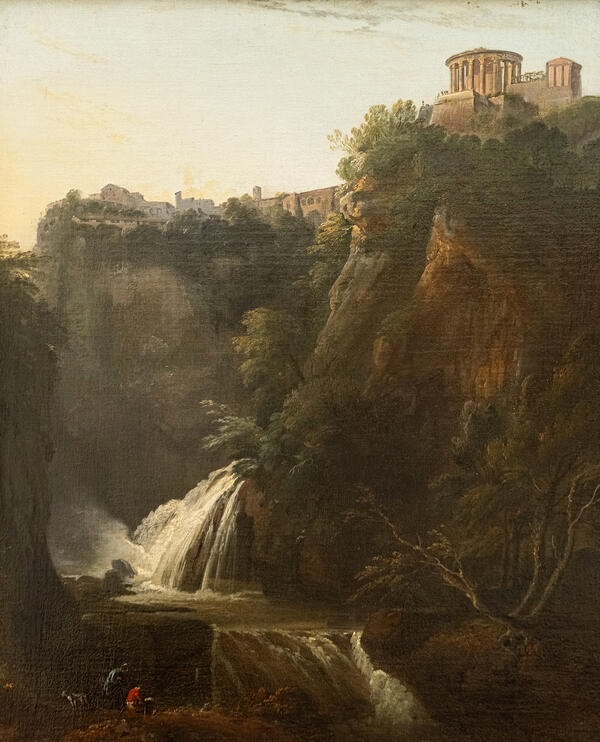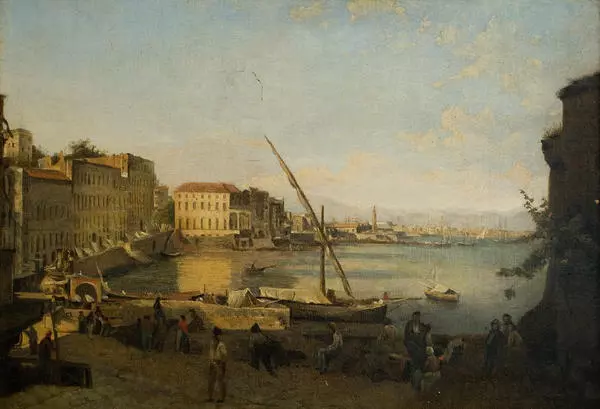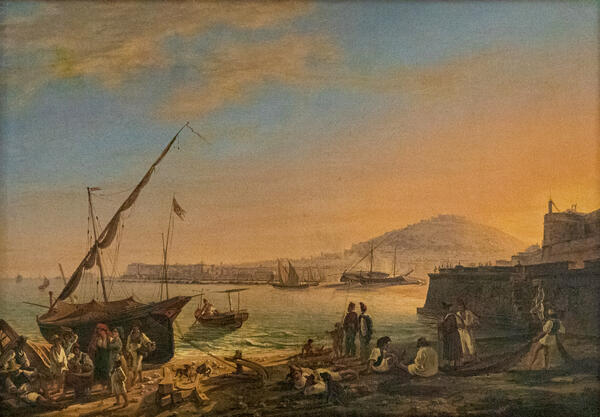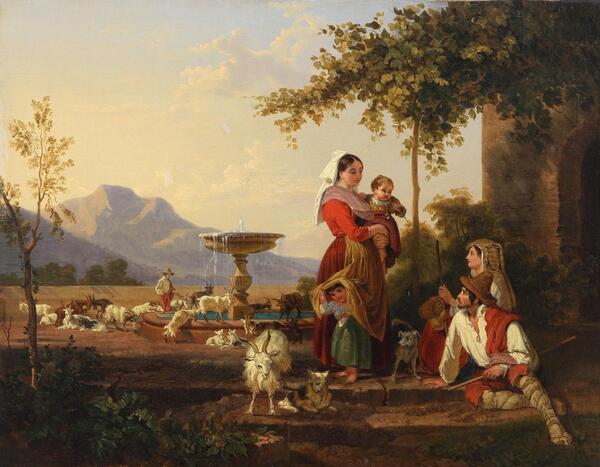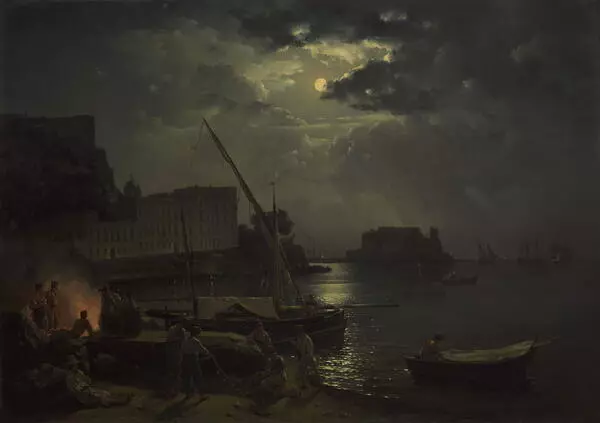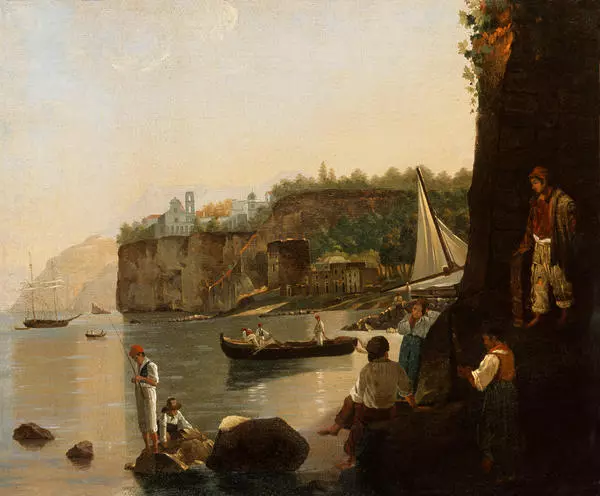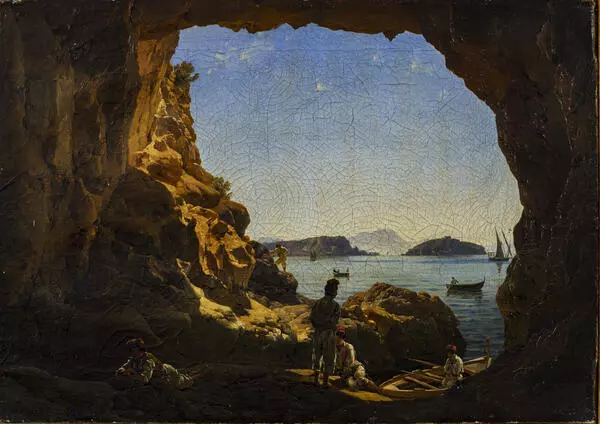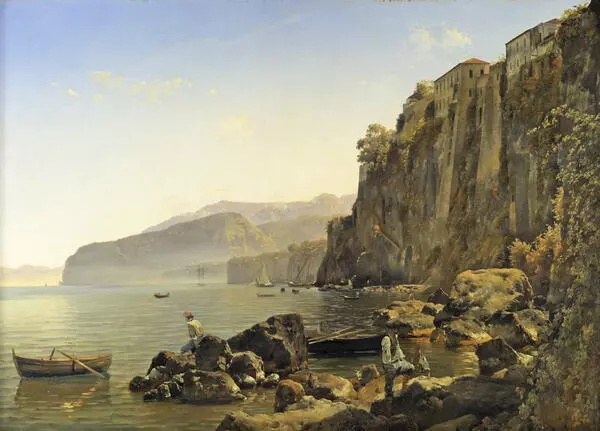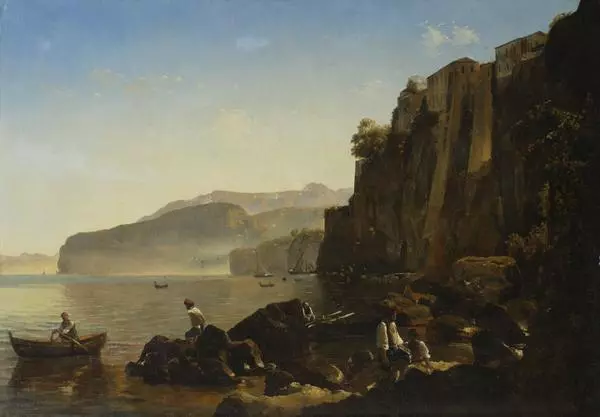The museum houses a painting by Sylvester Feodosievich Shchedrin, a landscape painter and master of romantic views. One of the museum’s researchers, the historian Mikhail Yuryevich Yevsevyev, described him as a “brilliant reformer of the archaic, classicizing landscape style.”
Sylvester Shchedrin was born in 1791. He was the son of Feodosiy Fyodorovich Shchedrin, a sculptor and rector of the Imperial Academy of Arts. His teachers included his uncle Semyon Fyodorovich Shchedrin, one of the founders of classicist landscape of the second half of the 18th century, as well as the watercolorist Mikhail Matveyevich Ivanov, and the painter Fyodor Yakovlevich Alekseev.
In 1818, after graduating from the Imperial Academy of Arts, Sylvester Shchedrin received a pension — a monetary allowance to be used for a state-funded trip aimed at improving the artist’s skills. The painter went to Italy. He worked in Rome and traveled to Naples and the surrounding areas: Sorrento, Amalfi, and Capri. Shchedrin was attracted to the small seaside towns and islands closest to Naples, where, as he wrote, “no landscapist had ever set foot”.
In the painting “Italian Motif. Amalfi”, the artist depicted a lagoon in light blue shades and the sunset sky in golden colors. Through transitions of brushstrokes, Sylvester Shchedrin managed to express the silvery windy air at the seaside. The artist shaped the composition by darkening rocks and brightening sea glare and air. In his paintings, Shchedrin sought to convey the diffused light and lightness of seascapes.
“He was a talented artist who brought a new vision
to Russian landscape art by introducing plein-air painting. According to Irina
Borisovna Basova, ‘He mastered the technique of painting from nature and as a
result faithfully reproduced natural lighting.’ Sylvester Shchedrin paid
attention to organizing illumination and the correct distribution of light and
shadow; through this lens, he worked on almost every painting. Shchedrin was a
master of the plein-air technique. His paintings were characterized by a light
color palette, pure colors, and a sense of light and air. In his paintings, he
skillfully captured the changes and variations in color of objects depicted
outdoors. The artist experimented with color and light effects, subtly
adjusting them depending on natural conditions, time of year, or day. He
conveyed the airy perspective and depicted colorful, transparent shadows,” the
researcher Muhammad Murodalievich Ashuraliev wrote in his article “The Italian
Art of Sylvester Shchedrin”.

